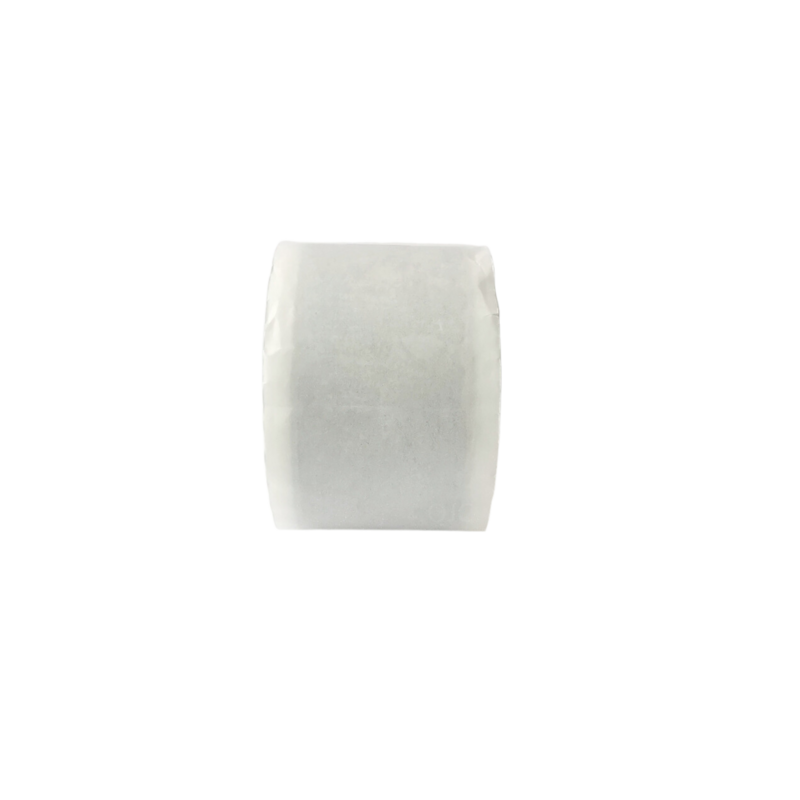The Versatility of Rubber Mastic Tape An Overview
Rubber mastic tape is a highly versatile adhesive product that has gained popularity across various industries due to its unique properties and myriad applications. Characterized by its rubbery, flexible composition, this tape offers excellent insulation, sealing, and waterproofing capabilities. It is equally adept at bonding different surfaces and is often employed in electrical, automotive, and construction fields. Let’s delve deeper into the characteristics, applications, and advantages of rubber mastic tape.
Characteristics of Rubber Mastic Tape
Rubber mastic tape is typically made from a blend of rubber and a synthetic adhesive compound, resulting in a product that is not only sticky but also highly resilient. The tape remains pliable even in extreme temperatures, making it suitable for both hot and cold environments. Moreover, it features a thick, non-cracking surface that allows it to adhere well to irregular surfaces, which is a common issue with standard tapes.
Another defining characteristic of rubber mastic tape is its ability to form a tight seal. When applied, it creates a water-resistant barrier that protects against moisture, dust, and air infiltration. This property is particularly advantageous for outdoor applications or in environments where exposure to the elements is inevitable.
Applications of Rubber Mastic Tape
Rubber mastic tape finds use in various settings due to its versatility. In the electrical industry, it is often used for insulation of wiring and cables, providing a protective layer that reduces the risk of short circuits and electrical failures. Furthermore, its waterproof properties make it ideal for use in wet locations or where contact with water is a concern.
In the automotive sector, rubber mastic tape is employed for sound dampening and vibration control. It can be applied to various components, ensuring a quieter and more comfortable driving experience. Its ability to withstand harsh environmental conditions ensures that it can handle the rigors of vehicle operation.
rubber mastic tape

Construction professionals also favor rubber mastic tape for sealing joints and gaps in buildings. Whether it’s windows, doors, or roofs, this tape provides an effective barrier against air and water leaks, contributing to improved energy efficiency and structural integrity. It works effectively on a variety of materials, including metal, plastic, and wood.
Advantages of Rubber Mastic Tape
One of the primary advantages of rubber mastic tape is its ease of use. It can be cut to any desired length, applied by hand, and does not require any additional tools or equipment for application. This convenience makes it a go-to solution for both DIY enthusiasts and professionals alike.
Additionally, rubber mastic tape is known for its durability. It can withstand chemical exposure, UV radiation, and extreme weather conditions, ensuring that repairs and seals maintain their integrity over extended periods. The tape adheres well to both smooth and textured surfaces, ensuring a reliable bond that can resist wear and tear.
Moreover, rubber mastic tape is often favored for its cost-effectiveness. It provides a reliable solution for sealing and insulating without requiring more expensive materials or professional installation. Given its long-lasting performance and multifunctional capabilities, it is an excellent investment for a wide range of applications.
Conclusion
In conclusion, rubber mastic tape is an invaluable tool in various industries due to its versatility, ease of use, and durability. Whether used for electrical insulation, automotive applications, or construction sealing, its properties offer solutions that are reliable and effective. As technology advances, the formulations and applications of rubber mastic tape will likely continue to expand, further solidifying its place as a fundamental resource in multiple fields. Its role in enhancing safety, efficiency, and durability cannot be overstated, making it an essential item in anyone’s toolkit.
-
XIANGFAN Rubber Tape-Ultimate Solutions for All Your Insulation NeedsNewsJun.24,2025
-
XIANGFAN Rubber Tape-Protection for Industrial and Residential ApplicationsNewsJun.24,2025
-
XIANGFAN Rubber Tape: Superior Safety and Sealing for Demanding EnvironmentsNewsJun.24,2025
-
XIANGFAN Rubber Tape: Reliable Solutions for Every Electrical ChallengeNewsJun.24,2025
-
XIANGFAN Electrical & Industrial Tape: Powering Reliability Across IndustriesNewsJun.24,2025
-
XIANGFAN Electrical & Industrial Tape: Excellence in Every ApplicationNewsJun.24,2025
